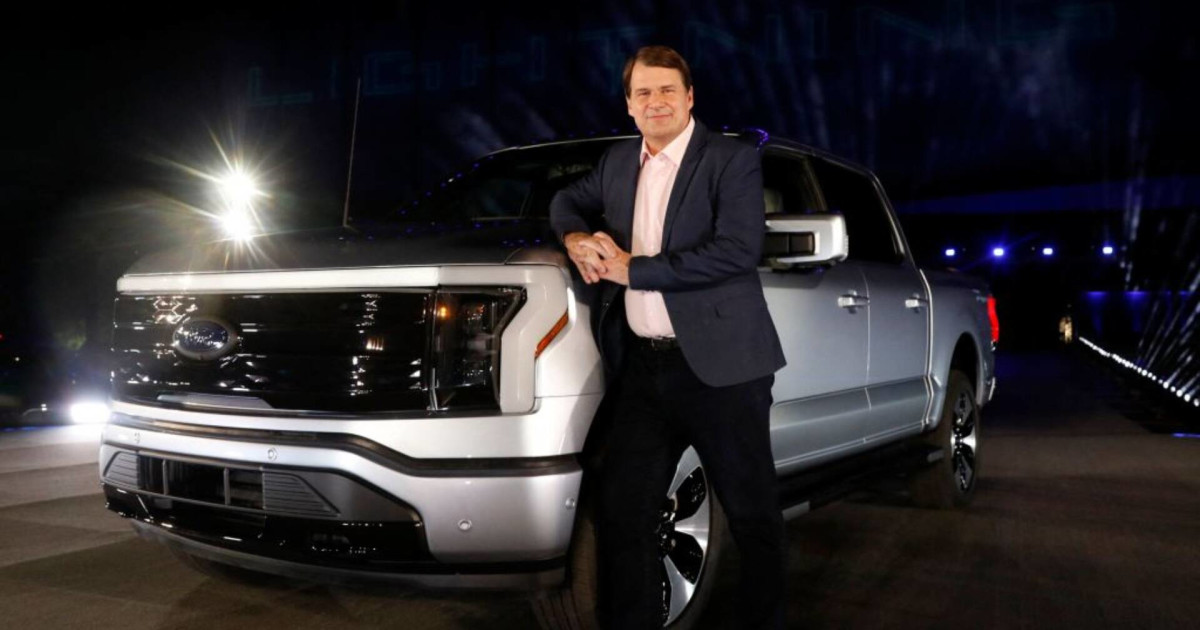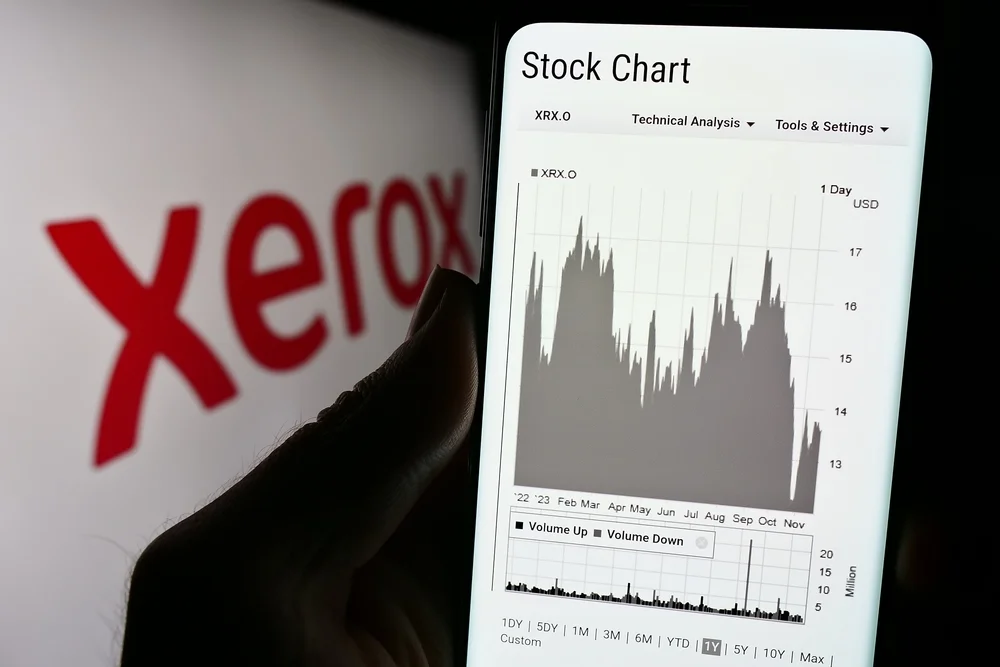Copyright The Street

U.S. automakers are making a U-turn on their electric vehicle commitments, as the high cost of producing the vehicles and low demand from consumers force them to make tough decisions about some of their billion-dollar projects. Ford has been warning about its EV business for years. Ford Model e losses by year 2025: $3.6 billion (year to date) 2024: $5.1 billion 2023: $4.7 billion 2022: $2.2 billion Additionally, in 2024, Ford spent about $200 million on greenhouse gas regulatory credits. Despite the heavy burden, Ford has remained committed to Model e and an electric future. The Ford F-150 Lightning was supposed to be one of the cornerstones of that future. It’s a natural transition, as the gas-powered Ford F-Series pickup lineup has perennially been the bestselling vehicle in the country. Through October, Ford has sold nearly 600,000 Ford F-Series trucks in the U.S, according to Car and Driver. The next closest competitor is the Chevy Silverado, with 423,000 units sold. However, Ford has known since at least 2023 that EVs would be a tough sell in America. It postponed a $12 billion EV manufacturing investment in October 2023 that would have expanded manufacturing capacity, with former CFO John Lawler telling CNBC at the time that “the customer is going to decide what the volumes are.” Now the company is reportedly thinking about making an even more drastic cut to its EV ambitions. Ford considers shelving the F-150 Lightning Like most of Ford’s Model e lineup, the F-150 Lightning hasn’t been very popular since its debut in 2022. Ford F-150 Lightning sales by year 2022: 15,617 2023: 24,165 2024: 33,510 2025: 24,577 (to date) Source: Ford Authority But electric pickup trucks in general haven’t been very popular with the American public. Tesla’s Cybertruck outsold the Lightning in 2024 by a margin of 39,442 units to 33,510. But EV.com reports that the Lightning has reclaimed the top spot in 2025 amid a massive Cybertruck recall and falling sales for both vehicles. Now it appears Ford’s top brass has had enough. Executives at the company are considering ending the F-150 Lightning experiment, according to The Wall Street Journal, though no final decision has been reached. Ford paused production of the F-150 Lightning in October due to an aluminum shortage. So the company is debating whether to keep its Rouge Electric Vehicle Center in Dearbone, Michigan, idle. Ford has the capacity to build 150,000 Lightnings a year. EVs got a major bump in 2025, but carmakers don’t expect good times to last Ford CEO Jim Farley is a fan of electric vehicles. He has repeatedly said he sees the technology as the future of transportation, but the technology and consumer demand just haven’t caught up to the industry’s lofty ambitions. Ford’s total U.S. sales by year: 2024: 2.08 million vehicles sold, +4.2% 2023: 1.99 million vehicles sold, +7.1% 2022: 1.77 million vehicles sold, -2.2% 2021: 1.9 million vehicles sold, -6.8% Source: Best-Selling Cars In September, Model e had its best month of sales ever, as buyers flocked to dealerships to take advantage of the $7,500 EV tax credit that expired in September. Despite those sales, Model e lost $1.4 billion in the third quarter alone, due to spending on new products and increased competition, according to Ford. According to J.D. Power, electric vehicles are on track to surpass a 12% market share in the U.S. for the first time, following a 2.6% year-over-year increase. However, the expiration of the $7,500 EV tax credit has dampened expectations that such growth is sustainable. Ford CEO Jim Farley stated during Ford’s Q3 earnings call that the company now anticipates EV adoption to account for approximately 5% of the U.S. market. However, he anticipates that number to increase in the near future as EVs become more affordable. Ford’s plan to reduce EV capacity is well underway Despite government intervention through EV tax credits and greenhouse gas emission credit markets, Ford has been clear-eyed about the EV market in the U.S. for years. Two years ago, the company began reducing its planned battery capacity by 35%. In 2024, Car and Driver reported that Ford canceled plans to build a three-row electric SUV and pivoted to a hybrid version. Farley says the company is pouring the capital it would have spent on future Model e brands into Ford Pro, its commercial vehicle fleet, and fleet management business.



